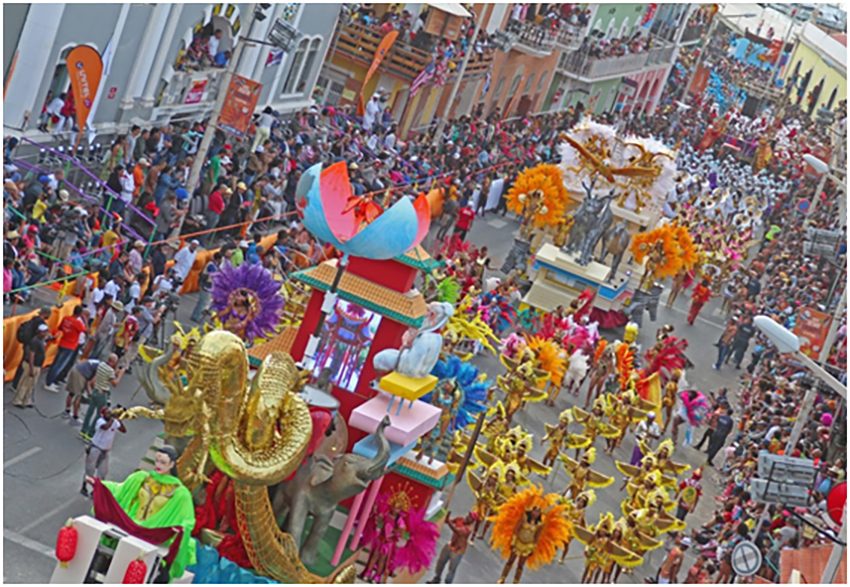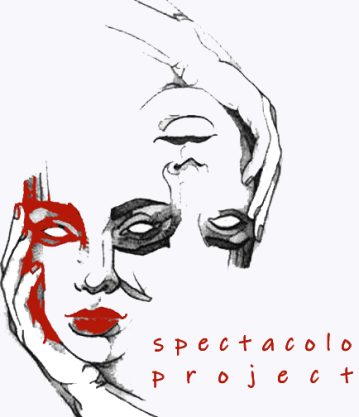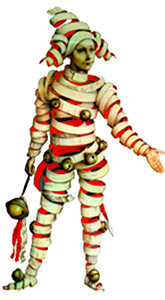Under construction

under construction
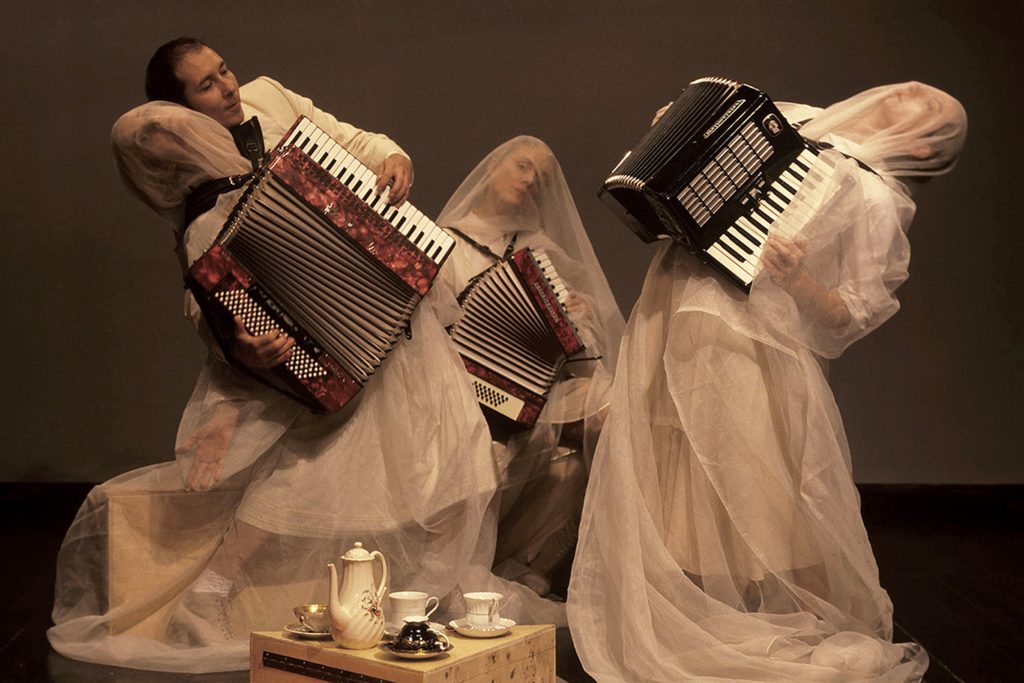
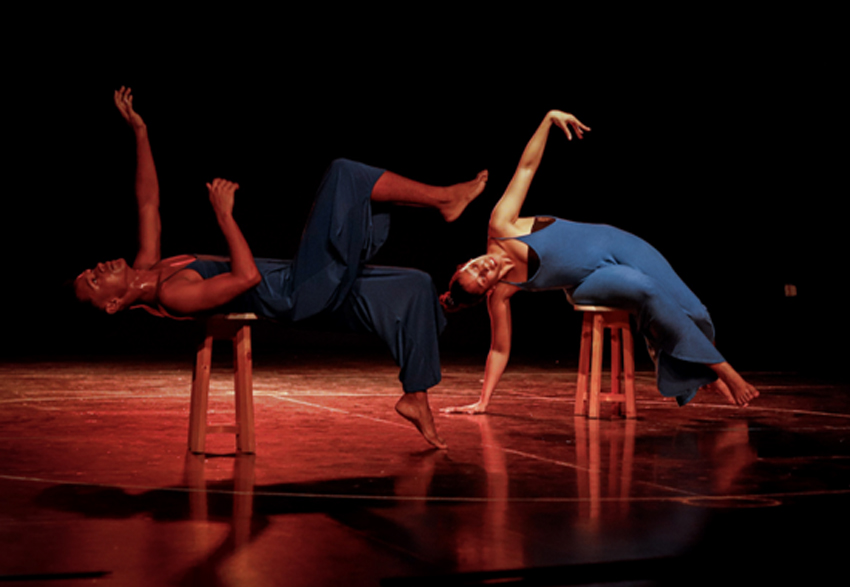
Performing arts in Cape Verde
The presence of theatricality in various cultural manifestations (Carnival, Tabanka, storytelling, Saint Jon Festival etc.), contributed to a rapid introduction of theater in the cultural scene with special expression in the cities of Mindelo and Praia, but also throughout the country. In addition, as an artistic form, even though it is not recognized as a professional activity, there has been significant growth and today there are 3 international theater festivals in Cape Verde.
Due to the amateur situation, the performing arts scene in Cape Verde is unstable, with periods of much production of shows and literature, participation in international events that contrast with periods of demotivation, empty rooms and dissolution of theater and dance groups.
With the increase in audiovisual production, there was a marriage between film and theater artists that fueled the evolution of both genres and created professional opportunities for artists in the performing arts (theatre & dance).
Today, after a steady growth since the independence of Cabo Verde, the theater scene has shown signs of stagnation with the dissolution of many theater collectives and initiative due to lack of structural progress that values theatrical agents, creates well-equipped performance spaces, motivates the public creation and recognition of art as part of the social dynamics of the country.
And the dance
Dance shares a history very close to that of theatre but has the advantage of being present in traditional manifestations and endogenous styles, so there is a greater work of preservation and transmission.It is currently the performing art with the greatest dynamics, growth, and professional opportunities, due to the dance groups and also to the international recognition (awards and reviews) of some artists and productions that stimulates the self-esteem of the makers. However, compared to theatre, there are fewer events (such as festivals and trainings), people with academic backgrounds and organized collectives. Carnaval, Tabanka and San Jon are examples of manifestations of Cape Verdean tradition that carry a strong component of theatricality. Carnival, mainly, is the biggest street performance in the country and encompasses a universe of artists in its production.
Theatre professions ?
There is no academic level program for performing arts in Cabo Verde.
Many artists offer workshops and training also to work and have some income that they usually struggle to have from sponsors or show revenue.
Some professionals engaged in the theater practice in Cape Verde did the studies abroad or just some workshops, like: Light and sound technicians, Designers and visual artists, Seamstresses, Photographers, Producers, Stage directors, Actors, Directors (semi-professional).
Challenges that the theater scene face in Cape Verde today
Lack of real knowledge of the sector (diagnosis) that allows the proposal of policies and solutions that respond to the challenges in a structural way- Centralization of equipment, human resources, opportunities and knowledge in the main urban centers- Lack of public spaces and equipment available for rehearsals and presentation- Lack of financial and educational incentives in a systemic way and with a medium and long-term vision.- Weak organization of collectives and theatrical initiatives, there is no sustainability and there is total dependence on sponsors- Difficulty in the circulation of artists and shows, internally and abroad.- Little recognition and dignification of artists- Entry into the job market- Lack of professionals such as producers and agents that make up the professional performing arts market and support its dynamization.
